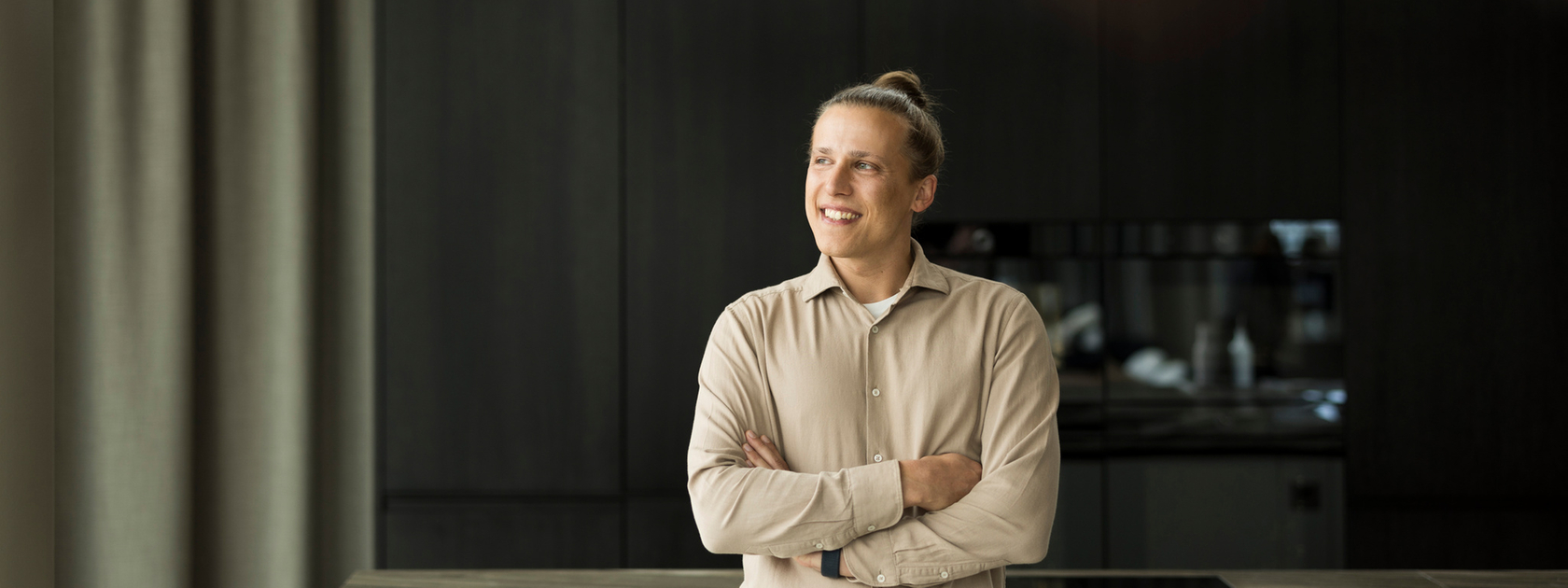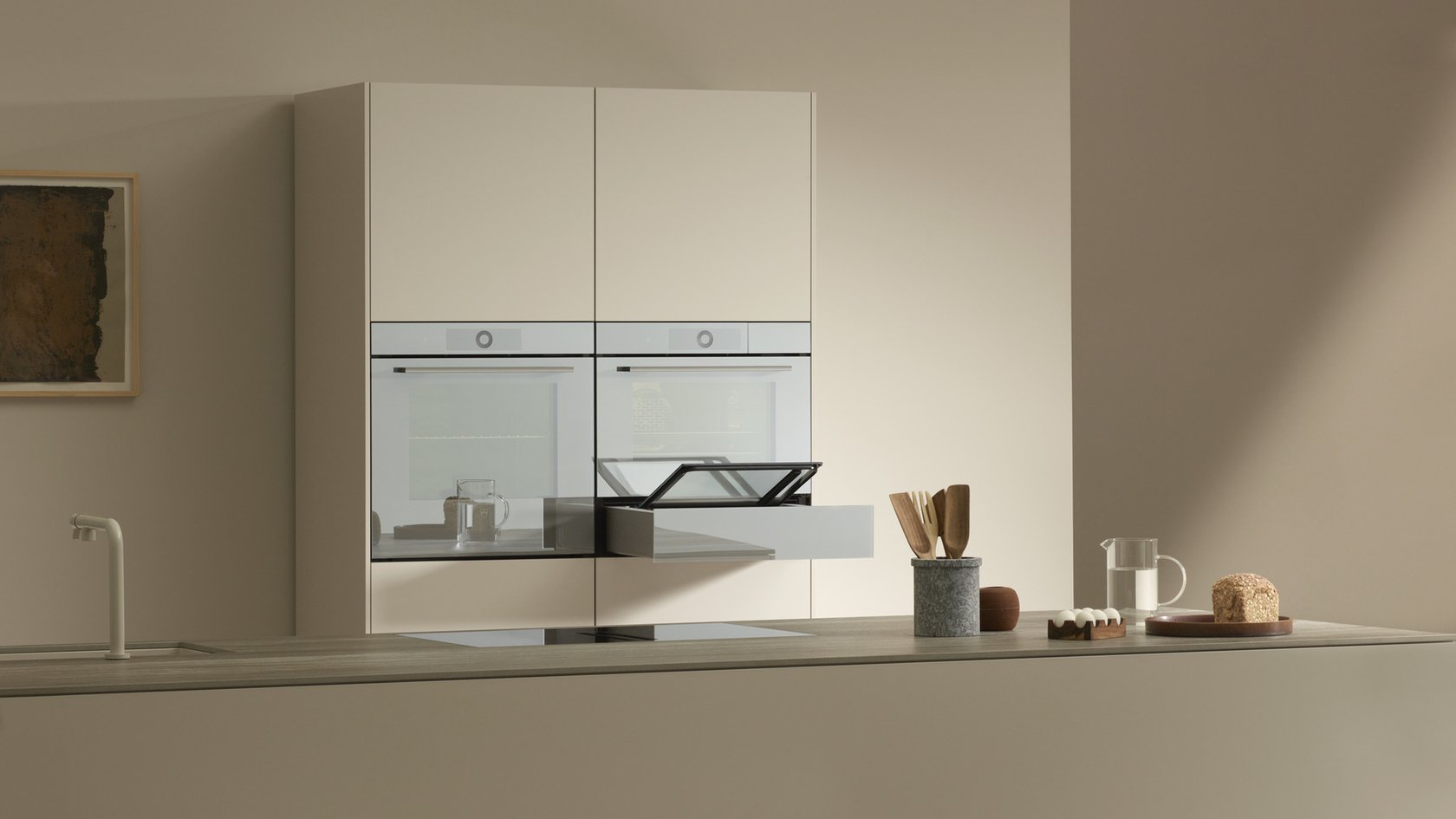V-ZUG’s design philosophy is straightforward: creating the most beautiful, timeless and minimalist products on the market. What about its approach to functionality? “Well, actually, we have a word for that. It’s simplexity, which means making something complex feel simple in every possible way,” says Kevin Perlinger, User Experience Designer at V-ZUG.
User Experience (UX) Design is relatively recent. Originating in the 1970s, it focuses on designing products with user interaction in mind, aiming to create seamless, intuitive and enjoyable experiences. “Intuitive means something different to everyone. It depends on other products we’re surrounded by and how we expect them to function. Of course, some established rules have been tested, and we take inspiration from them,” Perlinger notes.



